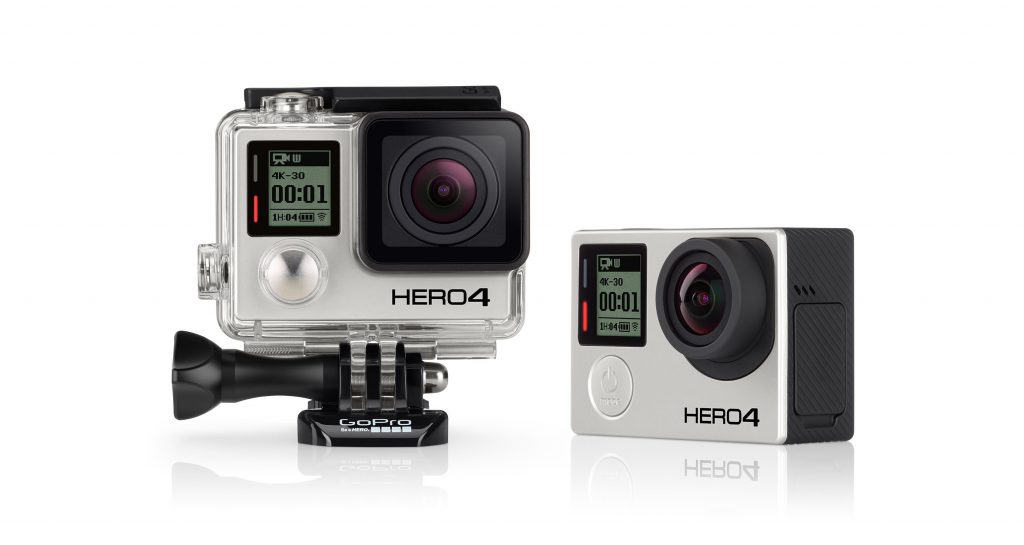
What is the Best Camera for Underwater Photography while Snorkeling?
Underwater photography is notoriously difficult, as there are many issues underwater that are either unexpected or just not all that relevant to ‘terrestrial’ photography. However, with nature adventures like those to observe whale sharks in Mexico, or snorkeling with sea turtles and sea lions in the Galapagos, much of the expedition takes place below the surface.
Because of these inherent difficulties, I frankly would recommend that you not expect to get the next Discovery Magazine cover photo. The folks that do that have 10s of thousands of dollars worth of equipment that takes years to learn how to properly use underwater. Instead, focus on capturing the experience of swimming next to penguins in the Galapagos, or cruising alongside a gigantic whale shark off the coast of Mexico. Not only is this a great way to create a long lasting memory, but it is wildly fun to show others, is relatively affordable, and is very doable with minimal practice ahead of time.
Get the right camera
The range of possibilities is virtually endless, but for most folks, there are actually just a couple options to choose from, unless you’re willing to invest upwards of $5K worth of casings and flash units. And as I said above, even if you do this it really requires some proper training and practice so that you don’t inadvertently ruin your camera in the process.
For the sake of this posting, we’re only going to focus on two options for underwater photography, which are far less than the full professional kit.
Option 1 – Outfitting your existing point and shoot camera
Many professional dive photographers actually don’t even go beyond this step and they’ll stick with an advanced point and shoot like a Canon G-series camera, along with a dedicated housing to go with it. This is a great option if you already have an advanced point and shoot like a G-series, or if you are willing to spend about $1,500 on the camera and housing together (the underwater housing usually costs more than the camera).

There’s a good bit of versatility in this setup, as the camera is great quality, it’s capable of some zoom, and most importantly it can shoot in RAW format, which is VERY helpful for post-processing things like color correction, lighting and contrast, as well as mitigating the cloudiness you get from floating debris in the water). These things tend to be the most out of whack going from terrestrial to underwater photography. However, it’s a somewhat costly measure to go this route, especially if you don’t plan on doing a lot of underwater photography in general. I would categorize this much more on the ‘pro’ or ‘very serious hobbyist’ end of the spectrum.

Option 2 – Sports Action Camera (GoPro)
If you are a bit more on the intro side of underwater photography and really just want a camera to capture images and perhaps video from this next trip that you may have planned, I would personally recommend you consider an action camera like a GoPro or similar (as of this moment, we’re up to the “Hero 5” model, but the previous models like the Hero 4 and even Hero 3 are still very current and good quality).

The reasons I like this option so much are that a) these are significantly lower cost, b) they already come with a waterproof case and c) are actually quite good at photos and exceptional at video.
See, when it comes to underwater photography, it’s often hard to recreate exactly what you’re seeing with your own eyes, making video a really great option in place of photograph after photograph. For one, video can handle lower light quite a bit better, whereas photos would be discouragingly grainy in appearance. And being under water gets very dark very quickly. If you’re right at the surface, you stand a chance, but since water is 800 times denser than air, you lose light and color very very quickly with every foot further you go.
The other issue comes with what’s in the water. It may seem clear or somewhat clear to your eyes, allowing decent visibility with your naked eye, but small particles of debris tends to show up much more in photographs (see the below photo). There’s even a term for it, especially when using flash, known as backscatter. For this very reason, you should be relatively careful about using flash underwater, as it can actually make things worse unless you have a very professional flash setup and a lot of practice.
Nevertheless, the GoPro and other action cameras can do both video and photo, so it’s really a best of both worlds in a compact little setup you can tie to your wrist while swimming.

So, whenever someone asks my personal advice on underwater cameras for Galapagos, or for capturing migrating whale sharks, or filming the incredible coral reefs of Belize, my go-to is normally a GoPro. Yes, there are some limitations, like not having a flash, and there is no ability to zoom in. But, in a way these actually help because it allows you to concentrate on what really counts…capturing the experience of snorkeling with sea lions or the largest fish in the world.
Hope this helps, and if you have your own thoughts on the best camera for underwater photography, we’d love to hear in the comments below!
Cheers,
Court
Leave a reply